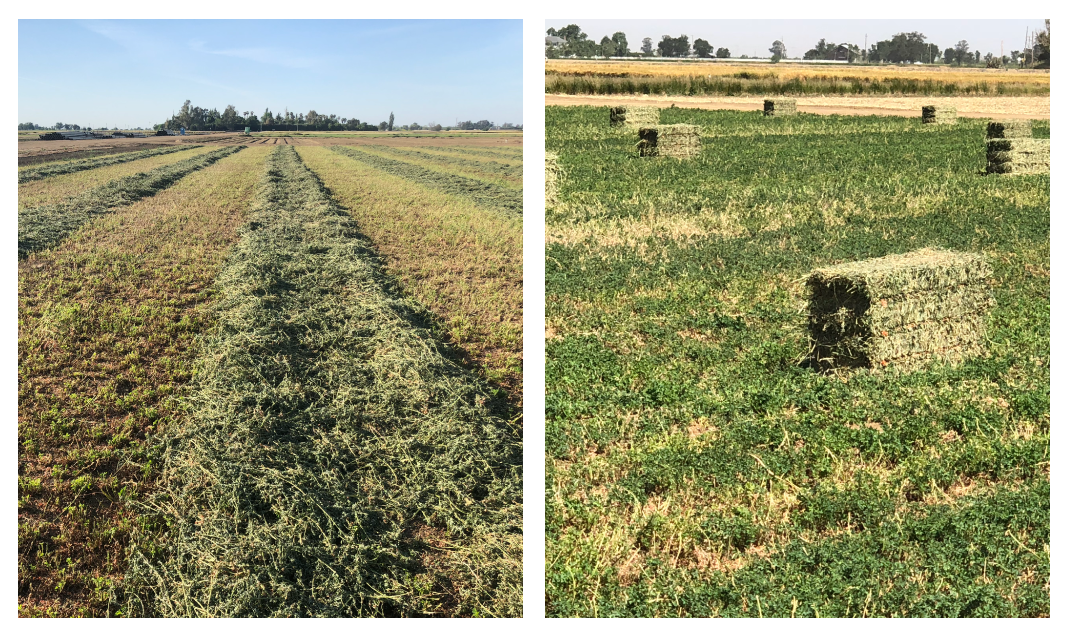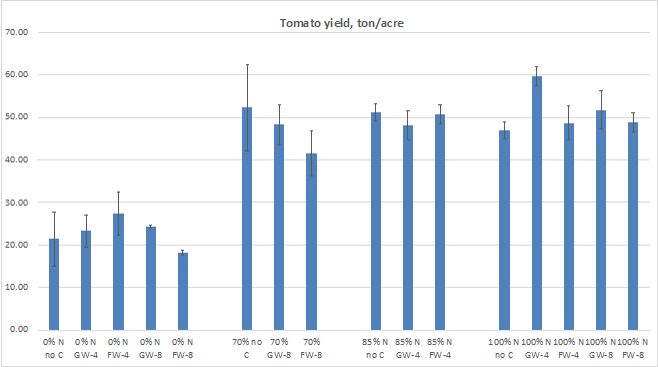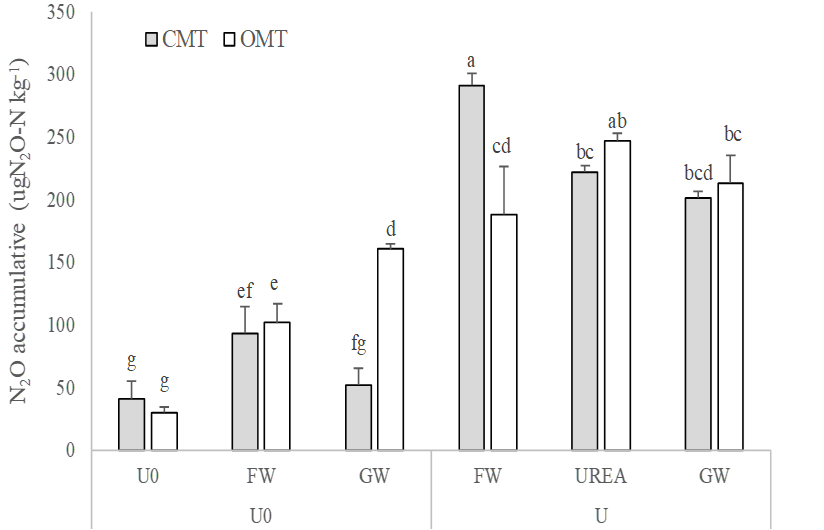We are exploring ways to reduce reliance on fossil-fuel-based fertilizers while maintaining or improving crop yields, minimizing pollution, and boosting soil health
Nutrient Use in Context
- Farmers deliver key plant nutrients to their crops through the use of synthetic fertilizers, organic amendments, and by building soil health to maintain nutrients in the soil for plants to use
- Most of the nitrogen, potassium, and phosphorous applied to farm fields isn’t immediately taken up by crops
- While some excess nutrients stay in the soil, some will instead be emitted as gases, leach into groundwater, or run off into surface waters
- Farmers and researchers are seeking to boost nutrient use efficiency—the amount of crop yield you get out of the amount of fertilizer (or other amendment) you put in—while minimizing nutrient loss
Nutrient use efficiency (the amount of crop you get for the amount of nutrients you put in) depends on many factors, including:
- Crop characteristics: including root structures and root activity, stress tolerance, nutrient uptake (into roots), and efficiencies in nutrient incorporation (into plant tissue) and utilization (movement of nutrients to growth areas)
- Soil characteristics: including microbial diversity and biomass, pH, soil structure, salinity, organic matter content and water-holding capacity, and whether the soil is tilled
- Fertilizer characteristics: including their composition and when and how they’re applied
How we look at nutrient use
We are exploring ways to improve nutrient use on the farm and maximize nutrient use efficiency. Key research questions we are exploring include:
- How can food production systems be designed to reduce dependence on fossil-fuel-based sources of nitrogen? We explore how incorporating cover crops, compost, and other sources of fertility affect soil health and crop yields.
- What is the best mix of intensification and extensification to deliver better production, greenhouse gas emissions, and increase ecosystem services?
Featured Research Projects
- Cover cropping and crop yields
- Researchers have been exploring a mixed (integrated nutrient management) tomato-corn rotation system, where synthetic fertilizers are combined with the use of legume winter cover crops (which add nitrogen to the soil). We were able to reduce our use of synthetic fertilizer inputs by 30 to 40 percent while maintaining similar yields.
Explore organic, conventional and mixed system impacts crop yields. - Increasing crop rotational diversity to reduce fertilizer user

The lengthening of annual row crop rotations can contribute to soil health by diversifying organic matter inputs and can reduce fertilizer inputs by enhancing nutrient cycling.
Researchers have added alfalfa, a perennial legume that produces high-quality forage for dairy cows, into a traditional corn-tomato rotation. The alfalfa is grown for three years and cut for hay, then is tilled up and tomatoes planted afterwards. Tomatoes following alfalfa got a 30 percent boost in yields, compared to following corn in the crop rotation. Research is underway to identify mechanisms of the yield boost, and other benefits, of adding alfalfa into tomato rotations.

- Developing best management practices for tomato growers to use compost
- Objectives:
Understanding the effects of Green Waste (GWC) and food waste (FWC) compost additions on soil carbon and nitrogen dynamics
Estimating the effects of compost additions on tomato yields and yield responses to mineral N fertilizers
Preliminary results:
Yield responses to N fertilizer were non-significant above 70% N application rate following compost addition, signifying the ability to partially replace mineral fertilizer without yield losses.

Responses of soil Nitrous Oxide emissions to Nitrogen source (mineral, compost, or combined) were varied, and exhibited interaction between N source and management history (organic vs. conventional).
